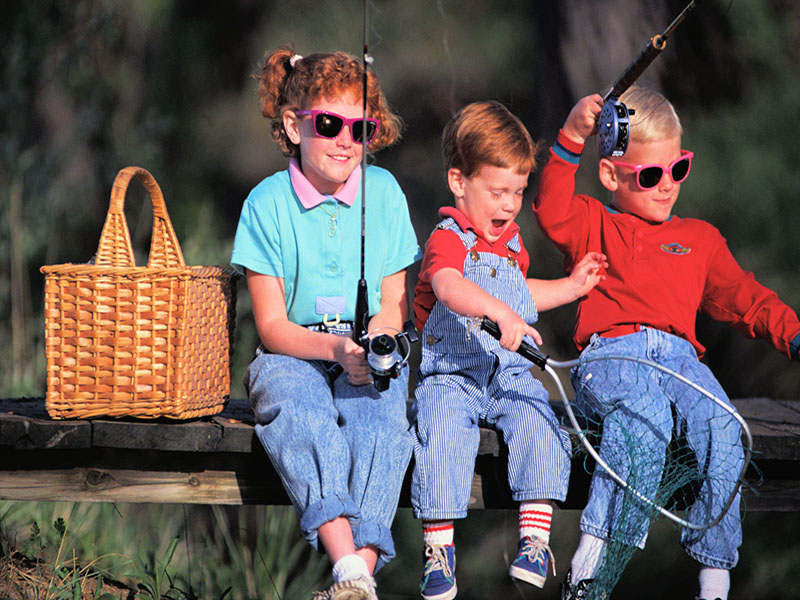FRIDAY, Sept. 29, 2017 (HealthDay News) — Having a daughter with autism is linked to an increased risk that younger siblings will also have the disorder, new research suggests.
And that’s especially true if the younger siblings are boys, the study authors said.
It had been known that having one child with autism raised the chances of having another child with autism, but the role of gender in that risk was unclear.
Having this information can help doctors and genetic counselors in assisting families who have a child with autism, the researchers said.
“It is important to be able to provide worried parents who have one child with the condition some sense of what they can expect with their next child. That information is critical given how much better we’ve become at screening for the disease earlier and earlier in life,” said study first author Nathan Palmer. He’s an instructor in biomedical informatics at Harvard Medical School.
But the researchers emphasized that autism affects only about 1 percent of the general population.
“Even for the group at highest risk — males with an older female sibling with autism — the odds are still about five to one that the child will be unaffected,” Palmer said in a Harvard news release.
The new study looked at data from more than 1.5 million U.S. families with two children between the ages of 4 and 18. About 2 percent of boys and 0.5 percent of girls had been diagnosed with autism or an autism spectrum disorder.
The study reported that having one child with autism was tied to an increased risk in subsequent children, and that the risk was higher in boys than in girls.
The rate of autism diagnosis was 17 percent among boys with an older sister with autism, 13 percent among boys with an older brother with autism, 8 percent among girls with an older sister with autism, and 4 percent among girls with an older brother with autism, according to the report.
But the study only found an association between older siblings with autism and the potential impact on younger siblings. It did not prove cause and effect.
The study was published online Sept. 25 in the journal JAMA Pediatrics.
In the United States, an estimated one in 68 school-aged children has an autism spectrum disorder, according to an estimate from the U.S. Centers for Disease Control and Prevention. Symptoms include difficulty communicating and interacting with others, and a tendency toward repetitive behaviors and obsessions.
More information
The U.S. Centers for Disease Control and Prevention has more on autism.
Copyright © 2024 HealthDay. All rights reserved.

